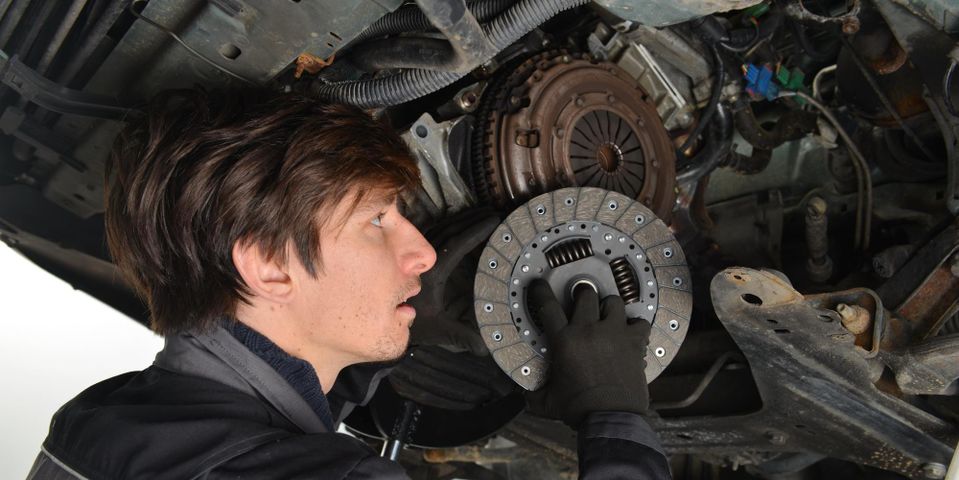3 Signs It's Time for Clutch Replacement

A clutch connects the engine shaft and the shafts that rotate the wheels. Although the engine rod is constantly moving, the cylinders that control the wheels stop spinning each time a car stops. Pressing the clutch pedal in a manual vehicle frees the wheels from the engine temporarily to stop or shift gears. Similar to other mechanical components, the part wears down over time, reducing its ability to function properly. Chances are your car has sent out signals you need clutch replacement, including the symptoms outlined here.
3 Indications Clutch Replacement Is in Order
1. Trouble Reversing
The power used to propel the car forward changes course when you put the vehicle in reverse. This causes strain to the clutch. Feeling a slight jolt as the car backs up shouldn’t be cause for concern. If you can’t shift into reverse, however, call a mechanic immediately for help. A damaged clutch could be the source of the problem.
2. Loose Pedal
 When you press down on the clutch pedal, it should take a bit of force to move. If the lever quickly sinks to the floor with little effort, you might need a clutch replacement. Damaged springs could be causing the issue. A fluid leak in the master cylinder could also be to blame. The part produces pressure for the clutch system to work properly.
When you press down on the clutch pedal, it should take a bit of force to move. If the lever quickly sinks to the floor with little effort, you might need a clutch replacement. Damaged springs could be causing the issue. A fluid leak in the master cylinder could also be to blame. The part produces pressure for the clutch system to work properly.
3. Odd Noises
When engaging the clutch pedal, listen for a loud commotion. A damaged release bearing or broken input shaft bearing in the transmission could be the reason behind squealing or grinding sounds. Continuing to drive will only place more strain on defective components, so have the issue addressed as soon as possible.
If you’ve noticed any of the above issues while driving, the technicians at Northgate Transmissions will give your clutch a thorough inspection. The Cincinnati, OH-based professionals specialize in diagnosing problems and providing solutions to improve the health of manual and automatic transmissions for Hamilton County motorists’ cars. To schedule a clutch replacement, call (513) 385-4400. Visit the transmission service center’s website to learn more about each team member’s experience and like them on Facebook for announcements.
About the Business
(248 reviews)
Have a question? Ask the experts!
Send your question

